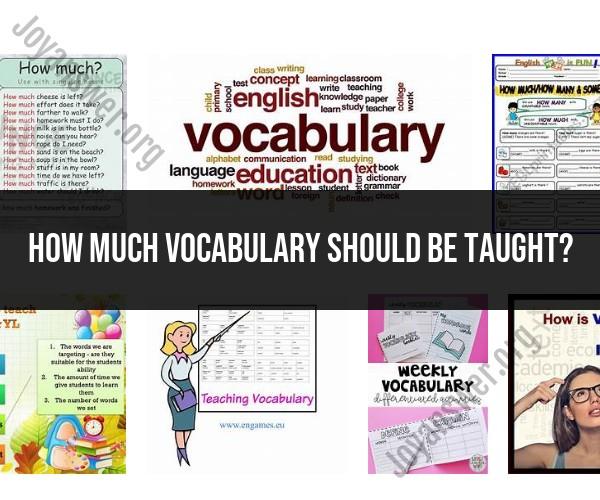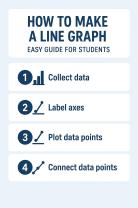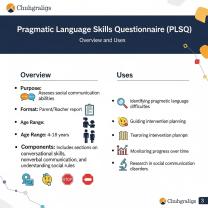How much vocabulary should be taught?
The amount of vocabulary that should be taught depends on several factors, including the learner's age, proficiency level, learning goals, and the context in which they are learning the language. Here are some considerations for determining the appropriate vocabulary teaching levels:
Age and Developmental Stage: Young learners may have different vocabulary needs than adults. Vocabulary instruction should be age-appropriate and consider the cognitive and linguistic development of the learners.
Proficiency Level: Beginners, intermediate learners, and advanced learners will have different vocabulary needs. Beginners need to focus on basic, high-frequency words, while advanced learners may require more specialized or academic vocabulary.
Learning Context: The context in which the language is being learned matters. For example, business English learners may need vocabulary related to their industry, while tourists may need vocabulary for everyday communication.
Learning Goals: Consider the specific goals of the learners. Are they learning the language for travel, work, academic purposes, or personal enrichment? Tailor vocabulary instruction to align with these goals.
Frequency and Usefulness: Focus on teaching high-frequency words that are commonly used in everyday language. These words are more likely to be immediately useful to learners.
Cultural Relevance: Include vocabulary related to cultural aspects of the language, as understanding culture can enhance language comprehension and communication.
Contextual Learning: Teach vocabulary in context whenever possible. This helps learners understand how words are used naturally in sentences and conversations.
Progressive Learning: Vocabulary instruction should be progressive, building on previously learned words and introducing new ones gradually.
Authentic Materials: Use authentic materials like books, articles, videos, and audio recordings to expose learners to real-world vocabulary in use.
Assessment: Regularly assess learners' vocabulary knowledge to ensure that instruction is effective and to identify areas where they may need additional support.
Personalization: Allow learners to choose vocabulary related to their interests and needs. Personalized learning can be more motivating and effective.
Practice and Repetition: Encourage regular practice and repetition of vocabulary to reinforce learning.
Remember that vocabulary learning is an ongoing process, and learners will continue to expand their vocabulary throughout their language learning journey. It's essential to strike a balance between providing a solid foundation of essential vocabulary and fostering a love for language learning that encourages learners to explore and acquire new words independently.













